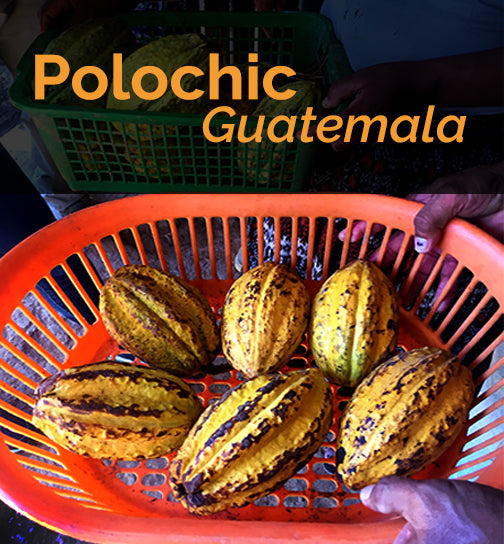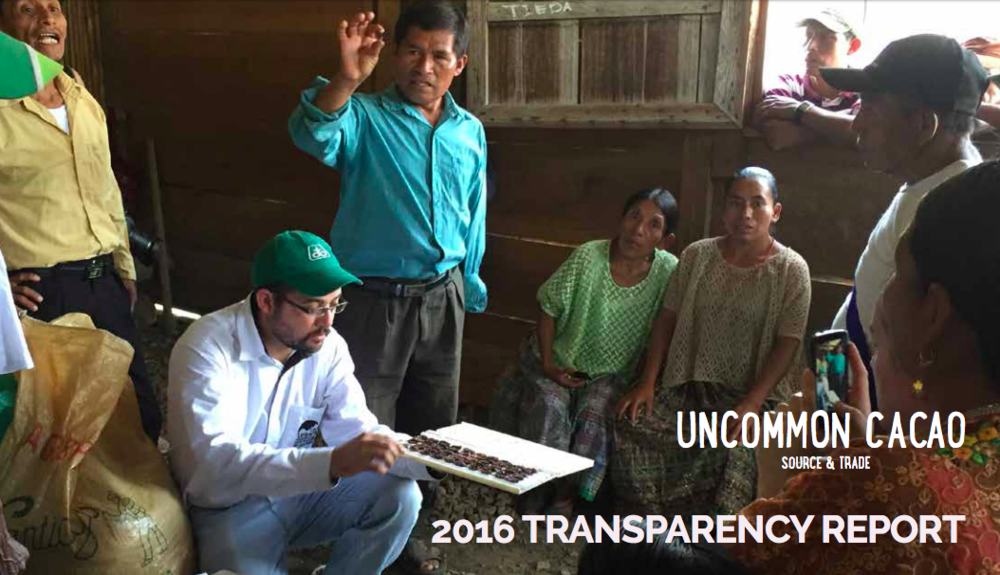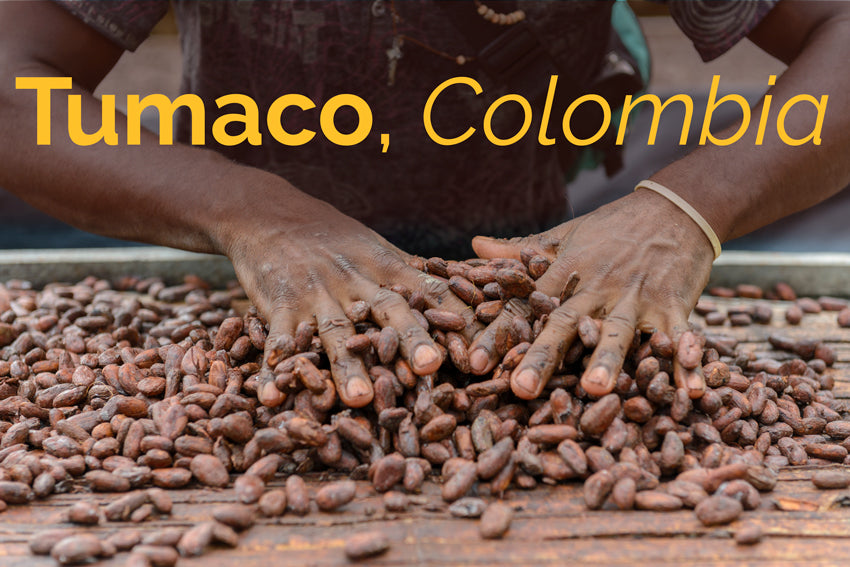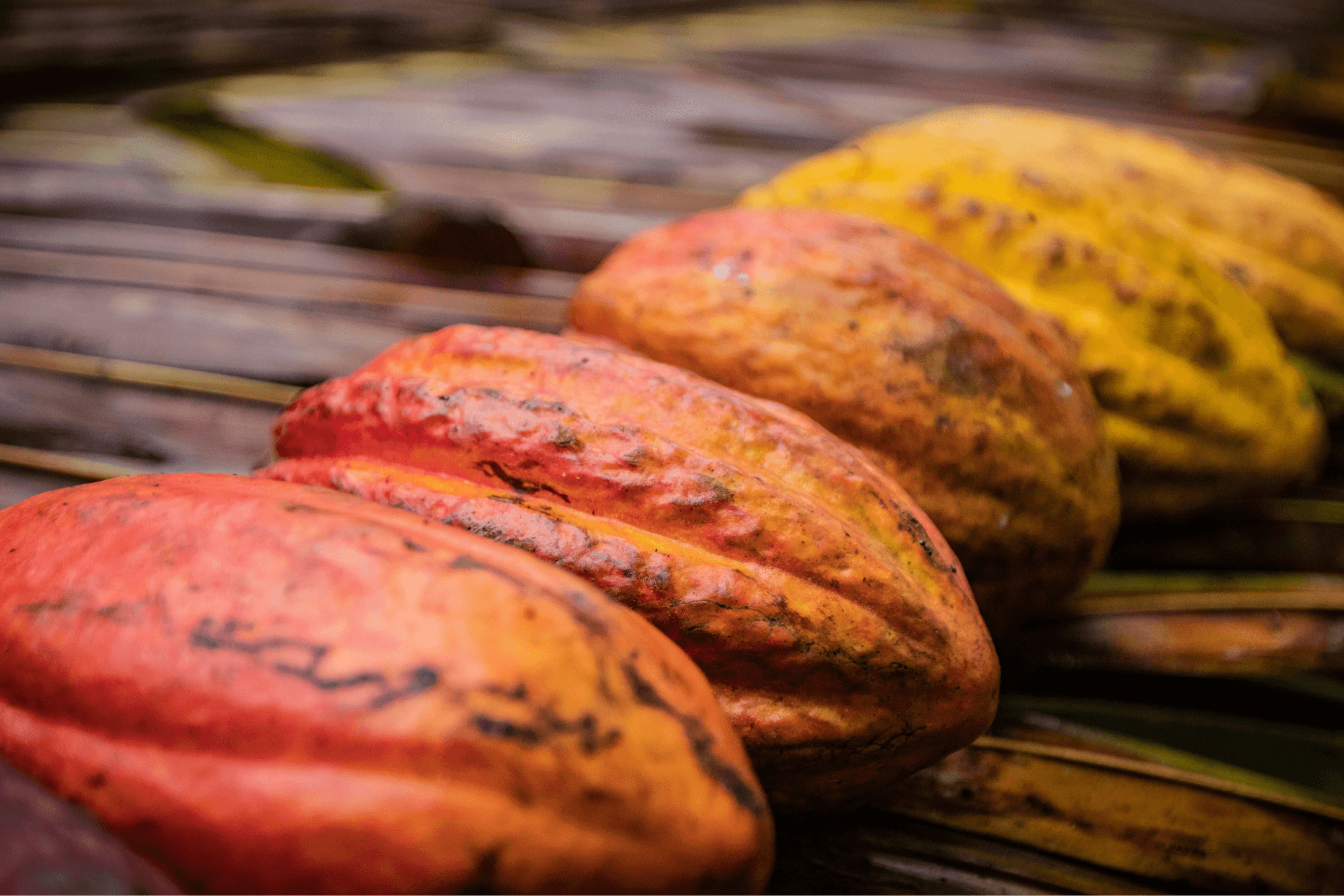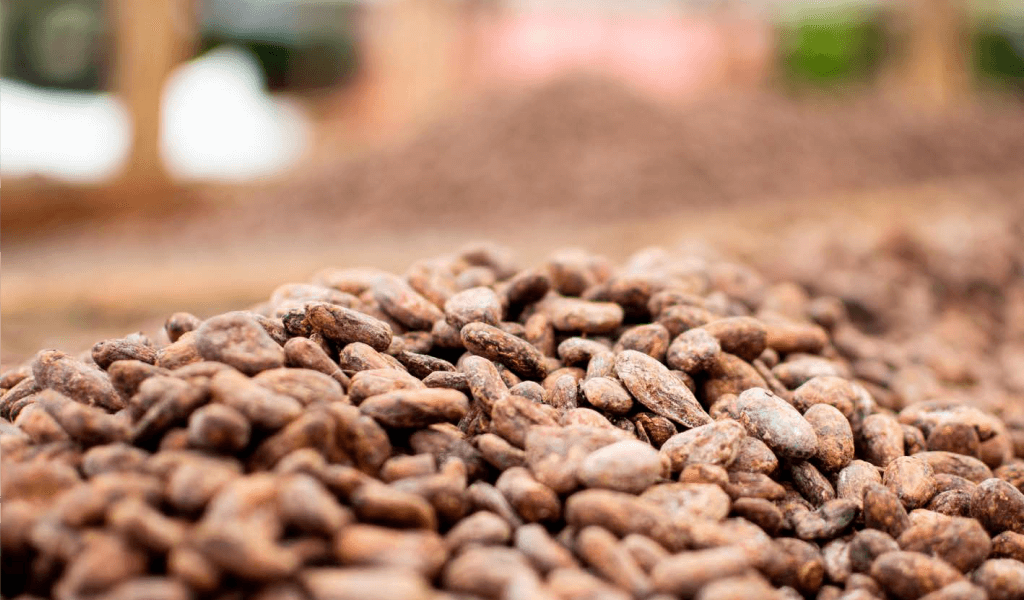It takes about six hours to reach the Polochic Valley of Guatemala from Guatemala City, if you’re lucky. The journey starts on a series of highways, which recently have been obstructed by road blocks sometimes causing 5-hour delays. The paved roads lead to dirt roads, snaking through the highlands of northern Guatemala, into Alta Verapaz. In the last few hours of the drive, solid half hour spans between evidence of community settlements – small groups of thatched house roofs where indigenous Q’eqchi Maya families have settled for years, living off the fruits of the land earned through hard, exposed farm work

Arriving at the Polochic Valley, in southeastern Alta Verapaz, new visitors are greeted with surprising heat. The valley is known for its fantastically hot micro climate – ideal for achieving consistent and high fermentation rates, even for the relatively small volumes of cacao that the farmers here produce, which historically has been used for ceremonial offerings and until 2016 was reserved for home-use in traditional cacao beverages.
Though they are new to the international export of cacao, farmer families in the Polochic Valley are experienced in commercialization of other crops. In 2003, farmers here organized into an association: The Association of Organic Producers for Integrated Development of the Polochic, or APODIP. After founding, they began producing and exporting organic certified coffee to buyers in New Zealand and Europe, and then added honey to their portfolio. In 2016, working closely with Cacao Verapaz (Uncommon Cacao’s Guatemala branch), they quickly picked up the art of collecting, fermenting, drying and sorting cacao. They built a fermentation house with four large cascading wooden boxes, completely surrounding by transparent plastic walls and ceilings. The effect is greenhouse-like and the space maintains consistently high temperatures even through nights when ambient temperatures drop.

The beans not only benefit from uniquely hot fermentation conditions; there is also something about the genetics. Though they haven’t yet been scientifically studied, the cacao pods in this region tend to be smaller, yellow pods and the beans are also on the smaller side.

Together, the small bean size and particularly hot environment surrounding the fermentation facility have resulted in a deeply fermented cacao. The flavor is deliciously chocolatey and nutty, with an intrinsic sweetness. Don’t take our word for it -- the proof is the chocolate bar! Palette de Bine and Fresco Chocolate each have their own fantastic renditions -- Palette de Bine’s was internationally recognized with a Silver International Chocolate Award in 2017.

The APODIP cacao farmers span 35 small communities across the Polochic Valley. With their dispersed settlements, they collectively support and manage the protection of the neighboring forest reserve – La Reserva de Biosfera Sierra de las Minas – 2,400 square kilometers crossing between 150 and 3,000 meters in altitude. The Reserva, has jade and marble mineral deposits, and is source of 63 rivers. People in this area also believe that there are mystical creatures in the mountains called Chol-quink that are half-man, half-animal.
Our Origins